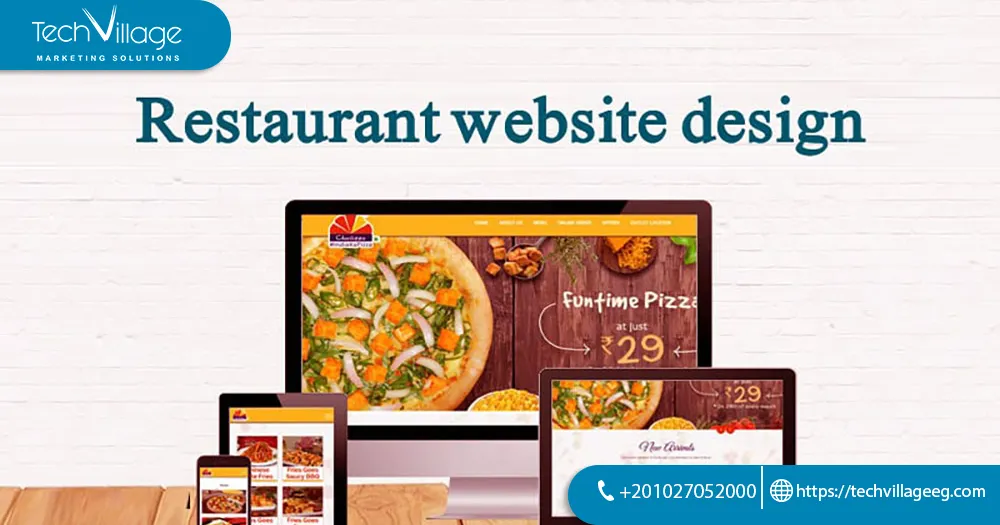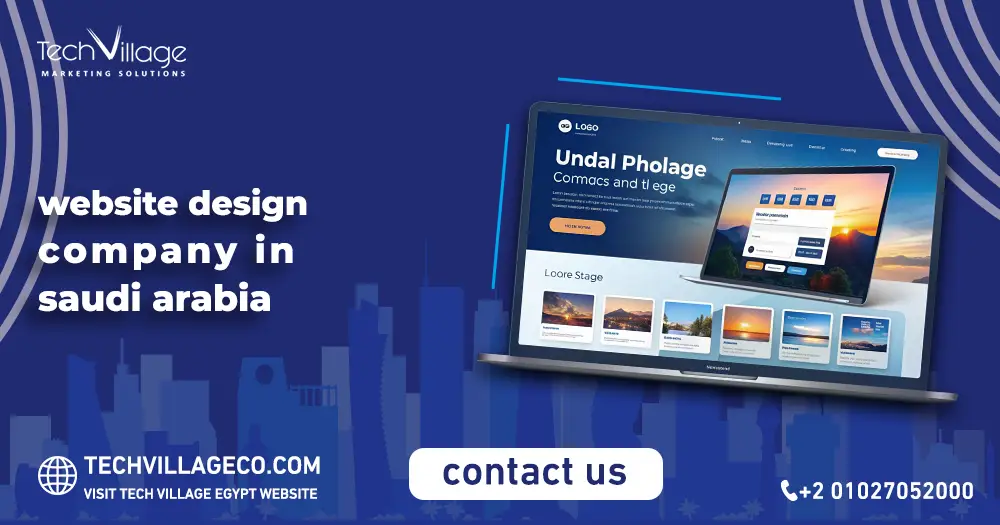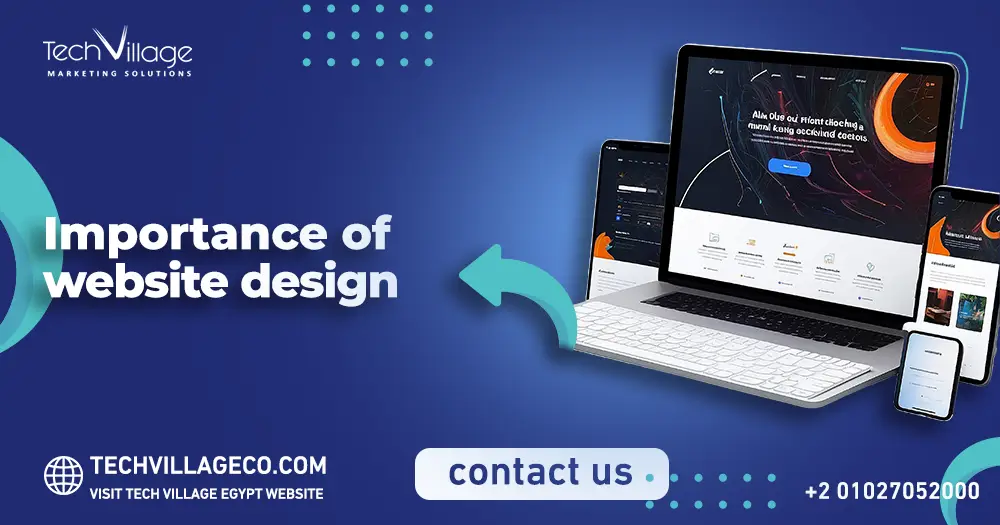Few independent restaurant website designs look great. But They are never updated and always have many flaws.
Unlike independent restaurants, chain restaurants always seem to have good restaurant website designs. Many restaurant website designs run on platforms such as Happy Tables and Restaurant Engine. Both providers produce good-looking template websites. However, many restaurant website designs need more than what they can provide.
A Google search for “restaurants near Seghill” provided a variety of results. Excluding the TripAdvisor results, we found a variety of independent restaurants.
Everyone has his own website, and the quality varies. In such a highly competitive market, it is important to have a prominent website. When creating a restaurant website design, please consider the following tips:
Table of Contents
ToggleTip 1: If possible, use a neutral background – color
Using bright colors in restaurant website design as a complete background is never a good idea. People like to browse websites and read content in light colors (such as white, cream, or light gray). Try to use bright colors in moderation, and remember that your website should be easy to be read. Clarity is the key here. Adobe color is a great color tool. We use it every day and encourage you to do the same when exploring color schemes for restaurants, brands, and websites.
Tip 2: Set up social media profiles
Ensuring that your restaurant website design is correctly displayed on multiple social media can not only drive sales directly from these channels but also help you rank higher in Google search results organically”
1- Make sure your Facebook, Yelp, Google+, Foursquare, and Twitter are branded and display the same high-quality content as your website
2- Don’t just post when you are about to close, otherwise, customers will not be motivated to follow you, and all your recent posts will look like you are going bankrupt.
3- Don’t forget to link all social networking sites to your website!
Tip 3: Consider using multiple devices responsive
If your users are using a phone, make sure their phone number opens the dial pad. Make sure the email address opens a new email and make sure your physical address opens in the map. Again, this highlights the reason not to use images to contain your important information. You can use Google Analytics to see what percentage of your website visitors view on their phones or tablets.
I bet it is more than 50%. Why force your users to get the information they want through unnecessary bits and pieces? Images will slow down mobile device users, and will not even allow them to start using the downloadable PDF menu! This is important for your restaurant website design.
Tip 4: Imagine a website user is visiting a physical space.
The restaurant owners understand the importance of the atmosphere of their physical location: having clean tables, good lighting, and a warm environment.
The website is no exception. When someone visits your website, they are visiting your virtual space and will judge the quality of your food, location, and service based on the display of your website.
Your restaurant website design gives the customer the first impression of your entire business, please make sure it is perfect! Although a book should not be judged based on its cover, if you accept and deal with this phenomenon, you will have a competitive advantage; so, it is so important for restaurant website design.
Tip 5: Show your human side.
Authenticity is now very valuable in advertising, and for good reason. Show users how you were born and what makes your restaurant unique. How to create the perfect website for your restaurant:
- Tell the reader the “history” part of what makes your restaurant unique.
- you can talk about the following things; such as where does your food come from, where does it come from, how it is prepared, where does your menu inspiration come from, who is your chef is, who is the main team, providing more details will make you immediately win the competition.
Tip 6: Optimizing the usability of the menu
The usability of the menu is crucial in restaurant website design. The menu is the second most important page beside the homepage. A good menu is responsive, usable, and fascinating.
The entire menu should be visible on one page without additional clicks (scrolling is good and as expected). This is very important on mobile devices because clicks are slower than scrolling.
Tip 7: Tracking visitor behavior
How do you know if your website is functioning properly and generating sales? This is difficult for restaurants because your conversions are usually foot traffic or phone calls. Walk-in tracking is impossible, and call tracking is prohibitively expensive for small businesses. At the very least, Google Analytics and webmaster tools must be implemented.
- Google Analytics will tell you the bounce rate, time on site, and click-through rate, which are all good indicators of success. A low bounce rate (below 70%) means that users will not “come back” immediately when they arrive. A long time on the site (more than 20 seconds) indicates that you are attracting the attention of visitors. If the user clicks on your menu from your homepage, that’s even better!
- Webmaster Tools can tell you the keywords that users enter Google to search for your website, and how you rank for these keywords compared to your competitors. This information can help you optimize your message to attract more visitors from high-value keywords. For example, if people search for “Asian cuisine” more frequently than “Chinese cuisine”, then optimizing your content to be consistent with “Asian cuisine” will help you get a higher ranking and drive more traffic.
Tip 8: Link your social media profile to your website
Even before officially launching your restaurant website, the first thing you should do is to create a social media profile on the network where your target audience likes to spend time. This generally includes Facebook and Twitter, but don’t ignore the power of visual networks that are very popular in the food industry, such as Instagram and Pinterest.
In addition, you should also consider registering your restaurant on Google Business and creating a profile on websites such as Yelp and Foursquare. Doing so will allow you to keep in touch with customers and monitor your reputation and interact with customers by responding to them and solving their problems.
Another benefit of linking your social media profile to your website is that it can help you get a higher rank naturally in search engines.

 AR
AR




